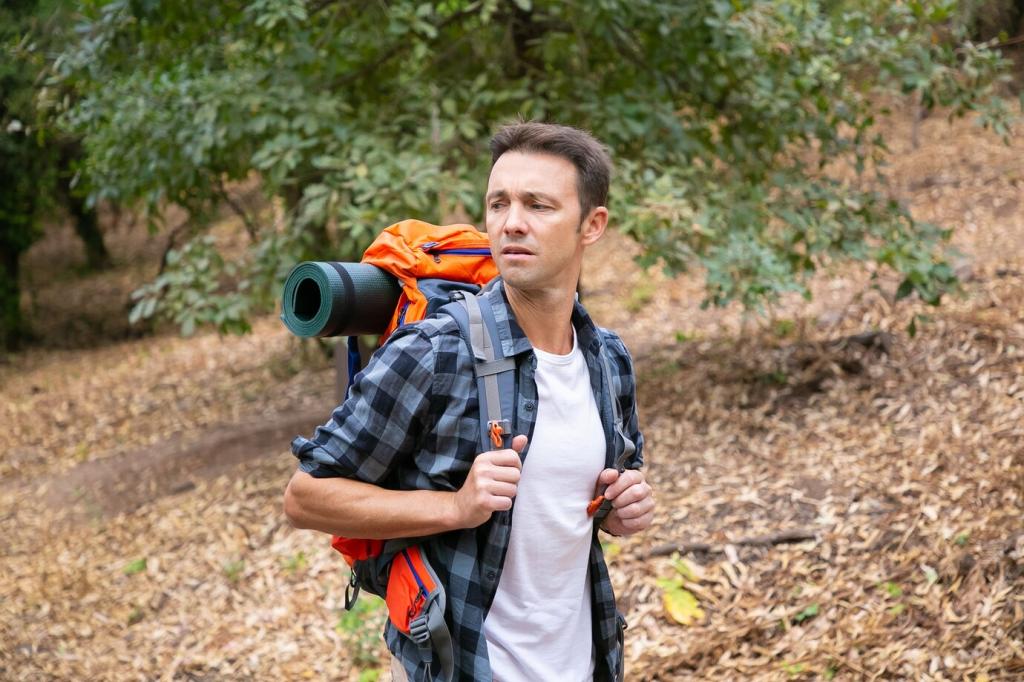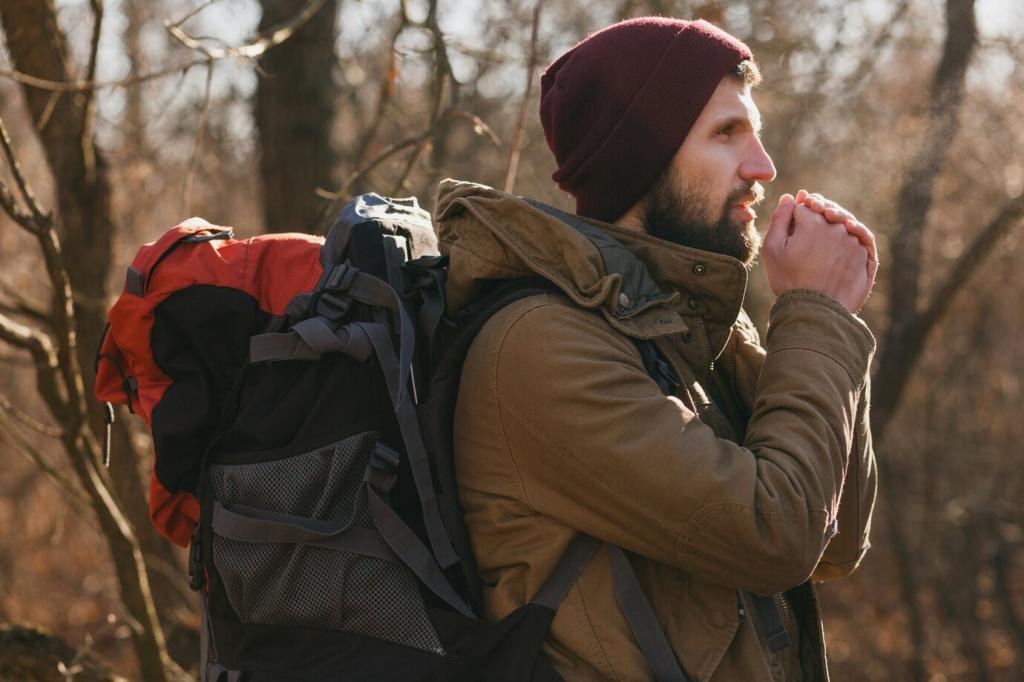Hydration and Fuel That Actually Work
Aim for at least half a liter per hour in warm conditions, more during steep climbs or blazing sun. Summer streams can be silty or intermittent, so verify sources. Use a quick, reliable treatment method—filter, UV, or chemical—so you never hesitate to drink. A collapsible extra bottle adds flexible capacity when the day runs hotter than planned.
Hydration and Fuel That Actually Work
Sweat steals more than water. Rotate in electrolyte tablets or mixes every hour to maintain sodium balance and reduce fatigue fog. If you are prone to cramping, pre-load a mild dose and keep a salty snack handy. Notice your sweat rate, salt stains, and energy dips, then adjust your strategy early rather than reacting late.




